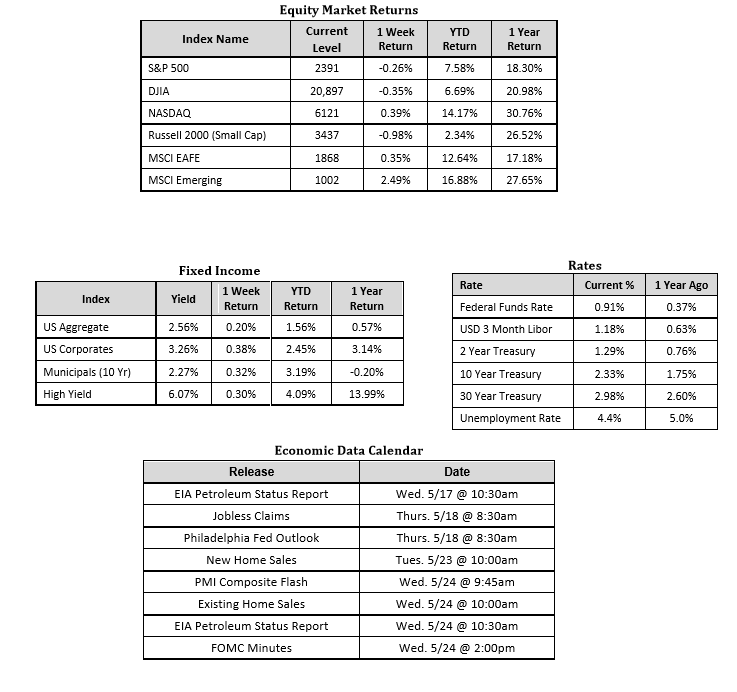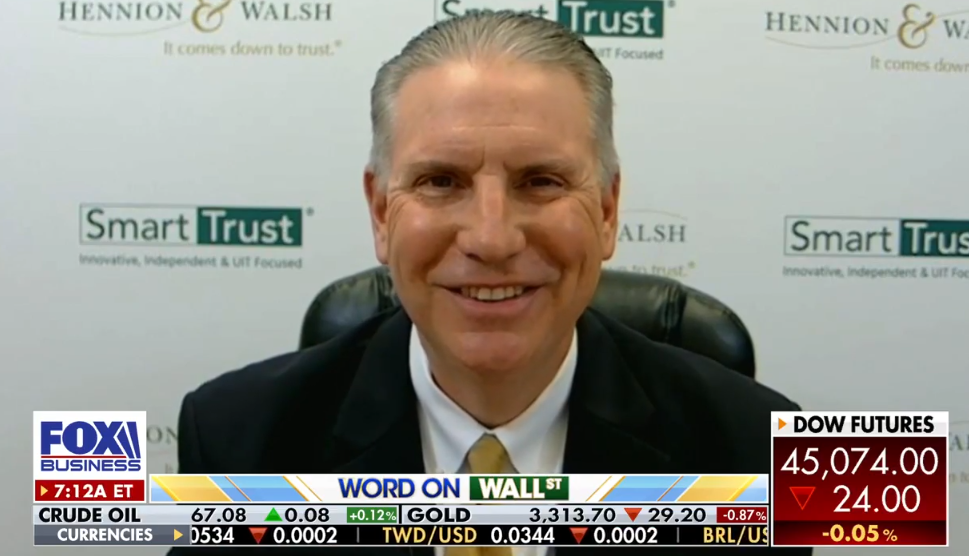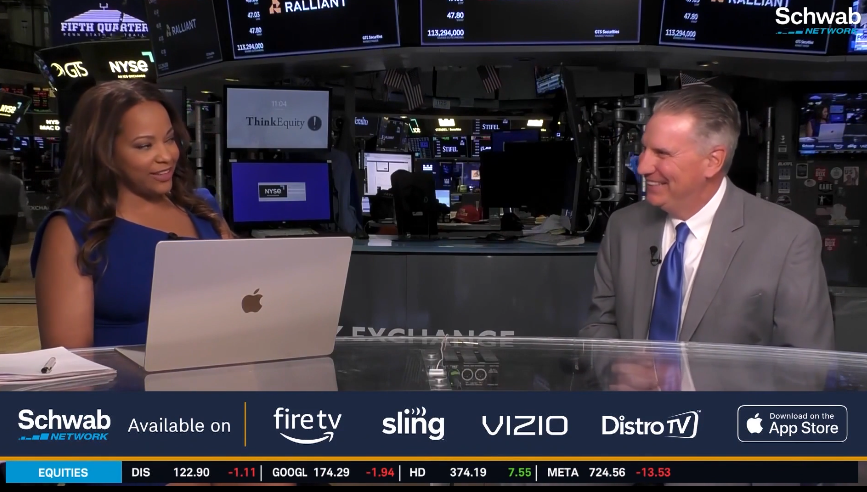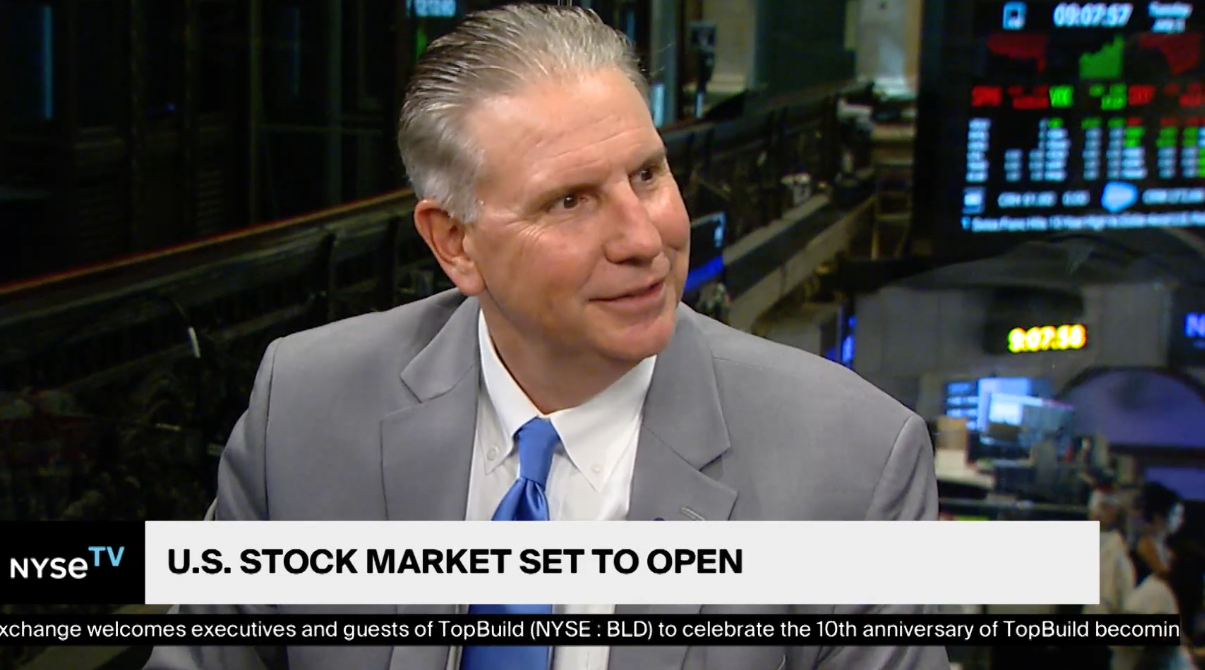
Markets Post Mixed Returns as Volatility Remains Muted
Market Overview
Sources: Equity Market and Fixed Income returns are from JP Morgan as of 5/12/17. Rates and Economic Calendar Data from Bloomberg as of 5/15/17.
Happening Now
U.S. Stocks fell last week while international equites ended the five days of trading mostly higher. The S&P 500 Index fell 0.3% while the Russell Midcap and Russell 2000 (i.e. Small Cap) Indices declined 0.6% and 1.0% respectively. The Technology and Energy sectors, which gained 1.2% and 0.7% respectively, were the only U.S. sectors to finish the week higher. These two sectors are on opposite sides of the spectrum, however, when it comes to 2017 year-to-date performance as Technology is the best performing sector with gains of 18.5% whereas Energy stocks lag all other sectors this year with a loss thus far of 9.4%. Internationally, developed markets climbed 0.4% higher while emerging markets rose by 2.5%.
First quarter earnings season is wrapping up and results have predominantly beaten forecasts, not only in the U.S. but internationally as well. Both European and Japanese equities have posted higher than expected first quarter earnings, helping to support their more modest relative valuations. Global economic growth has also benefited domestic companies. Thanks to more robust economic activity and a weaker U.S. Dollar, domestic firms that generate more than 50% of their sales internationally grew their earnings in the first quarter by 21% compared to the overall S&P 500 which had a blended growth rate of around 14% according to Factset.
Economic data released last week included two inflation measures – the Producer Price Index (PPI) and the Consumer Price Index (CPI), as well as April’s summary of retail sales. While the PPI was a bit higher than expected, the more widely followed CPI came in below estimates with year-over-year growth of only 1.9% after removing the volatile energy and food components. This caused yields to fall on Friday, the dollar to weaken, and, as a result, suggested that the Federal Open Market Committee may not need to worry about having to battle runaway inflation this year. The retail sales figures for March and February were revised higher Friday but April’s reading came in below estimates. Consumers, despite saying they are confident and optimistic in recent surveys, have yet to follow through and translate their good feelings into more spending across the board. If the consumer does start spending more, it would likely provide a meaningful boost to the economy at a time when the highly anticipated, pro-economic growth policies out of Washington have been delayed.
Volatility, as measured by the VIX, hit a 25 year low last week. Despite the numerous headlines that might have been expected to rattle markets, the stock market has remained remarkably calm. We encourage investors to consider how much downside exposure they have in their own portfolios and to use this as opportunity to make any necessary adjustments that could offer some protection during market downturn. Having a dynamic asset allocation strategy in place may prove beneficial in navigating the markets moving forward.
Important Information and Disclaimers
Disclosures: Hennion & Walsh is the sponsor of SmartTrust® Unit Investment Trusts (UITs). For more information on SmartTrust® UITs, please visit www.smarttrustuit.com. The overview above is for informational purposes and is not an offer to sell or a solicitation of an offer to buy any SmartTrust® UITs. Investors should consider the Trust’s investment objective, risks, charges and expenses carefully before investing. The prospectus contains this and other information relevant to an investment in the Trust and investors should read the prospectus carefully before they invest.
Investing in foreign securities presents certain risks not associated with domestic investments, such as currency fluctuation, political and economic instability, and different accounting standards. This may result in greater share price volatility. These risks are heightened in emerging markets.
There are special risks associated with an investment in real estate, including credit risk, interest rate fluctuations and the impact of varied economic conditions. Distributions from REIT investments are taxed at the owner’s tax bracket.
The prices of small company and mid cap stocks are generally more volatile than large company stocks. They often involve higher risks because smaller companies may lack the management expertise, financial resources, product diversification and competitive strengths to endure adverse economic conditions.
Investing in commodities is not suitable for all investors. Exposure to the commodities markets may subject an investment to greater share price volatility than an investment in traditional equity or debt securities. Investments in commodities may be affected by changes in overall market movements, commodity index volatility, changes in interest rates or factors affecting a particular industry or commodity.
Products that invest in commodities may employ more complex strategies which may expose investors to additional risks.
Investing in fixed income securities involves certain risks such as market risk if sold prior to maturity and credit risk especially if investing in high yield bonds, which have lower ratings and are subject to greater volatility. All fixed income investments may be worth less than original cost upon redemption or maturity. Bond Prices fluctuate inversely to changes in interest rates. Therefore, a general rise in interest rates can result in the decline of the value of your investment.
Definitions
MSCI- EAFE: The Morgan Stanley Capital International Europe, Australasia and Far East Index, a free float-adjusted market capitalization index that is designed to measure developed-market equity performance, excluding the United States and Canada.
MSCI-Emerging Markets: The Morgan Stanley Capital International Emerging Market Index, is a free float-adjusted market capitalization index that is designed to measure the performance of global emerging markets of about 25 emerging economies.
Russell 3000: The Russell 3000 measures the performance of the 3000 largest US companies based on total market capitalization and represents about 98% of the investible US Equity market.
ML BOFA US Corp Mstr [Merill Lynch US Corporate Master]: The Merrill Lynch Corporate Master Market Index is a statistical composite tracking the performance of the entire US corporate bond market over time.
ML Muni Master [Merill Lynch US Corporate Master]: The Merrill Lynch Municipal Bond Master Index is a broad measure of the municipal fixed income market.
Investors cannot directly purchase any index.
LIBOR, London Interbank Offered Rate, is the rate of interest at which banks offer to lend money to one another in the wholesale money markets in London.
The Dow Jones Industrial Average is an unweighted index of 30 “blue-chip” industrial U.S. stocks.
The S&P Midcap 400 Index is a capitalization-weighted index measuring the performance of the mid-range sector of the U.S. stock market, and represents approximately 7% of the total market value of U.S. equities. Companies in the Index fall between S&P 500 Index and the S&P SmallCap 600 Index in size: between $1-4 billion.
DJ Equity REIT Index represents all publicly traded real estate investment trusts in the Dow Jones U.S. stock universe classified as Equity REITs according to the S&P Dow Jones Indices REIT Industry Classification Hierarchy. These companies are REITSs that primarily own and operate income-producing real estate.




